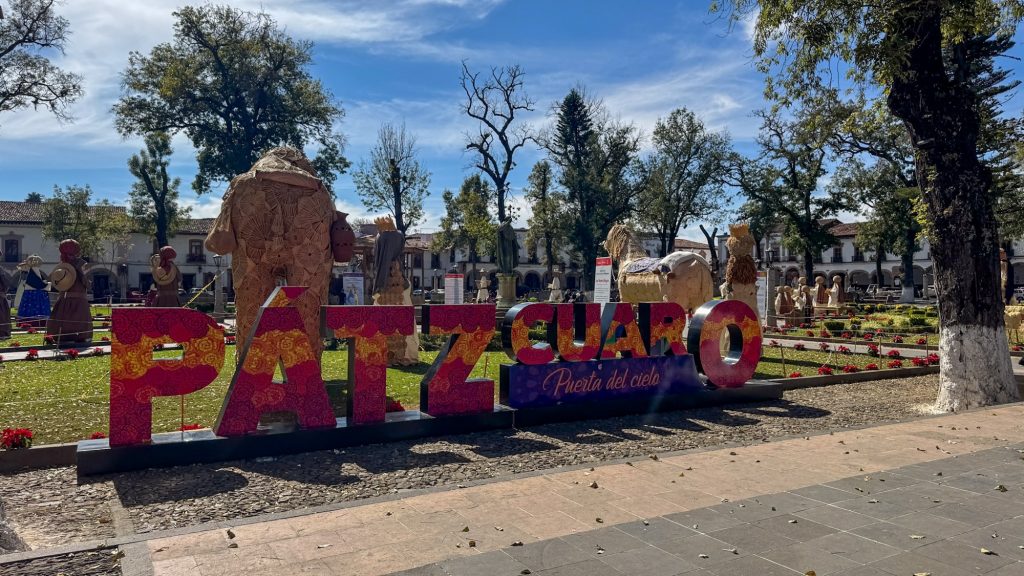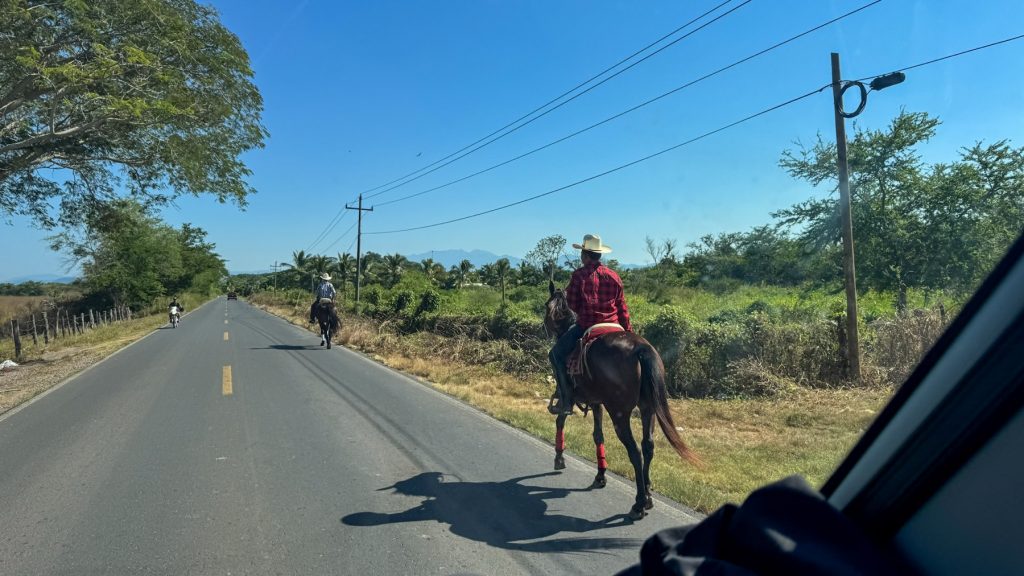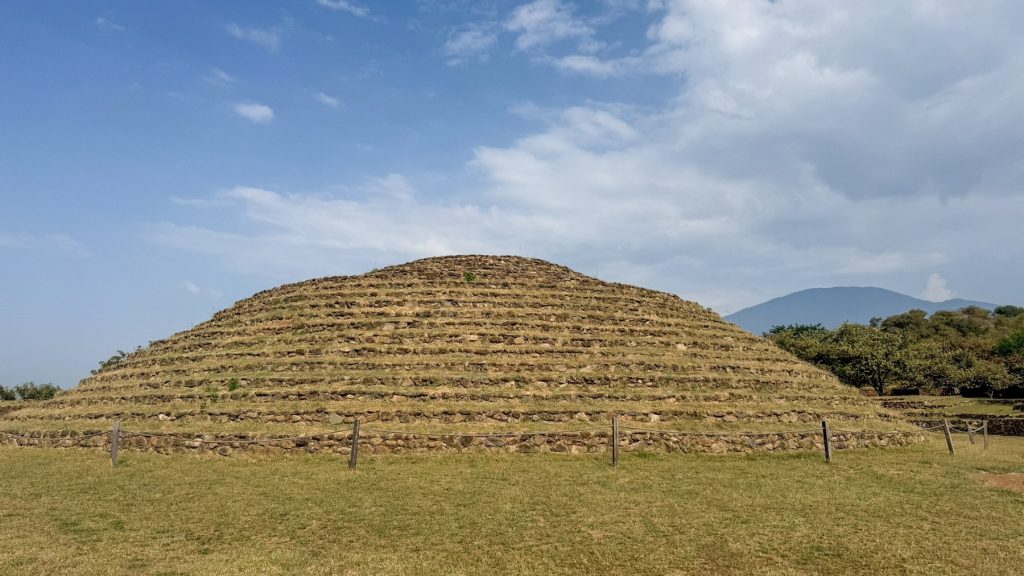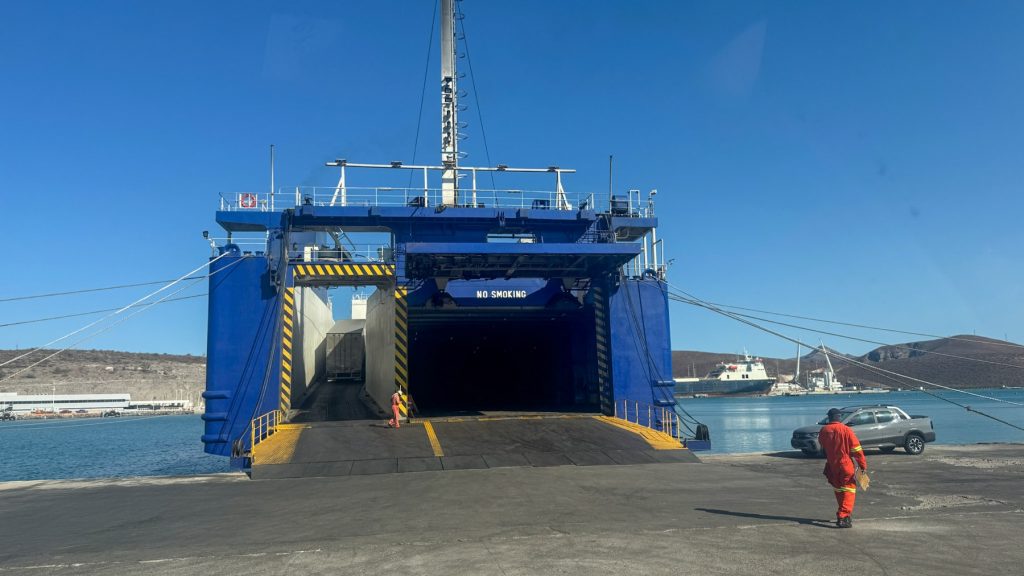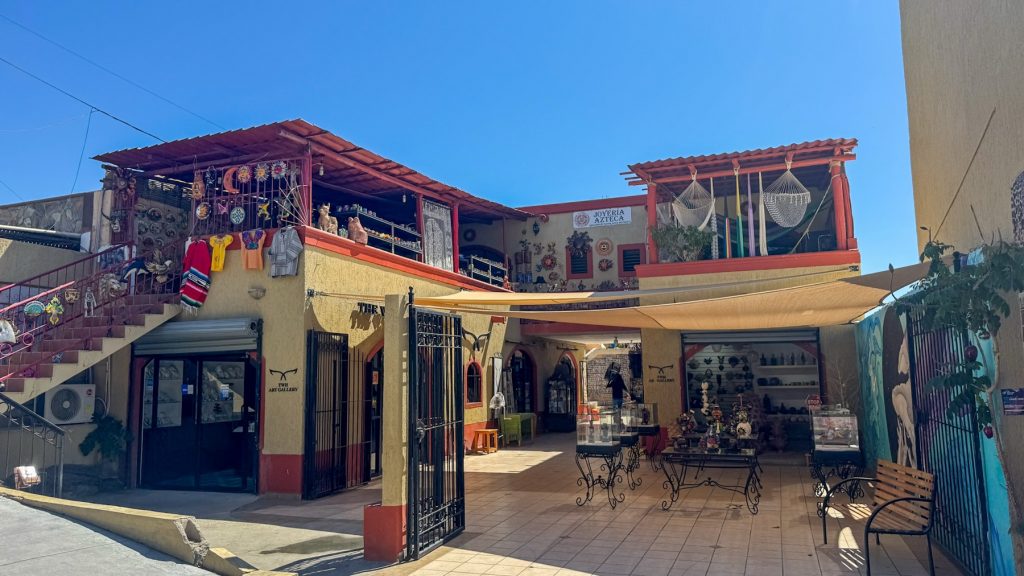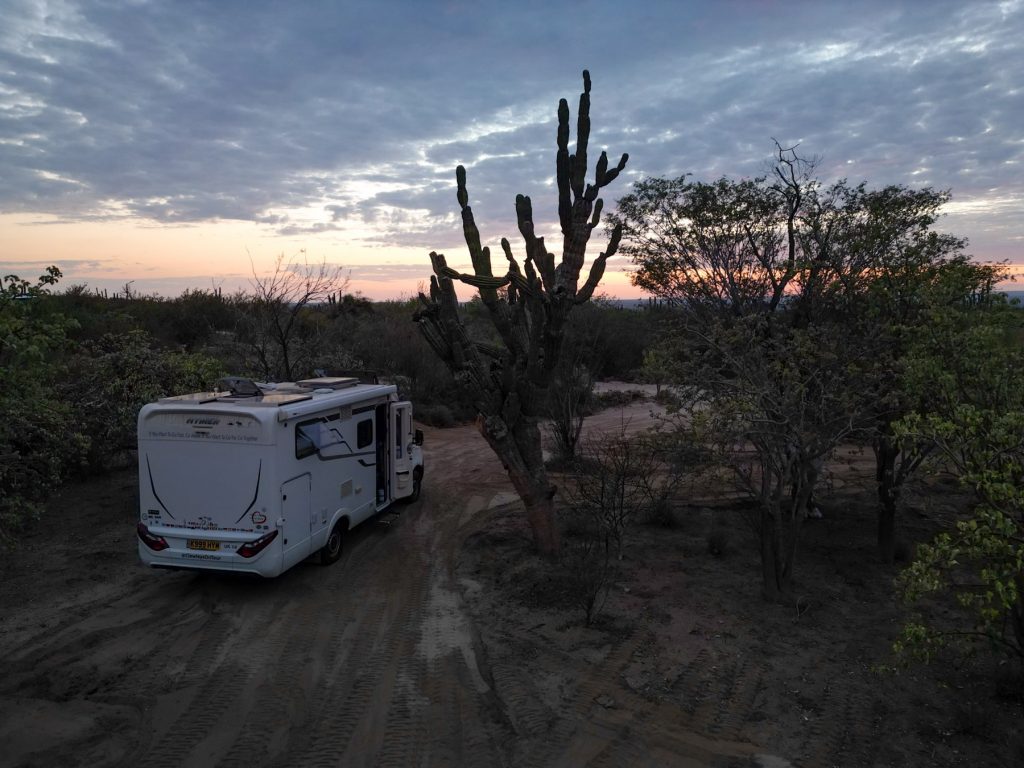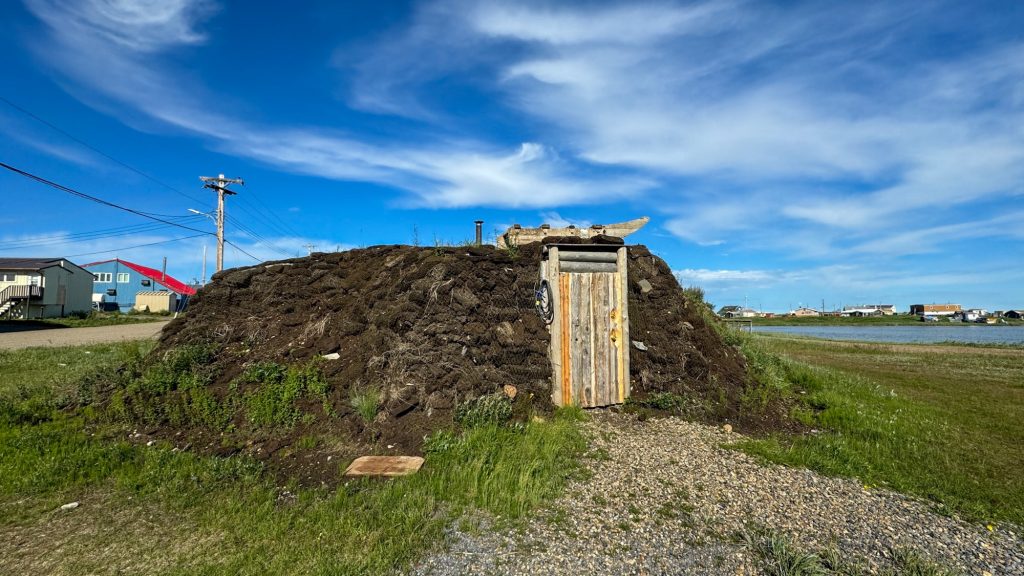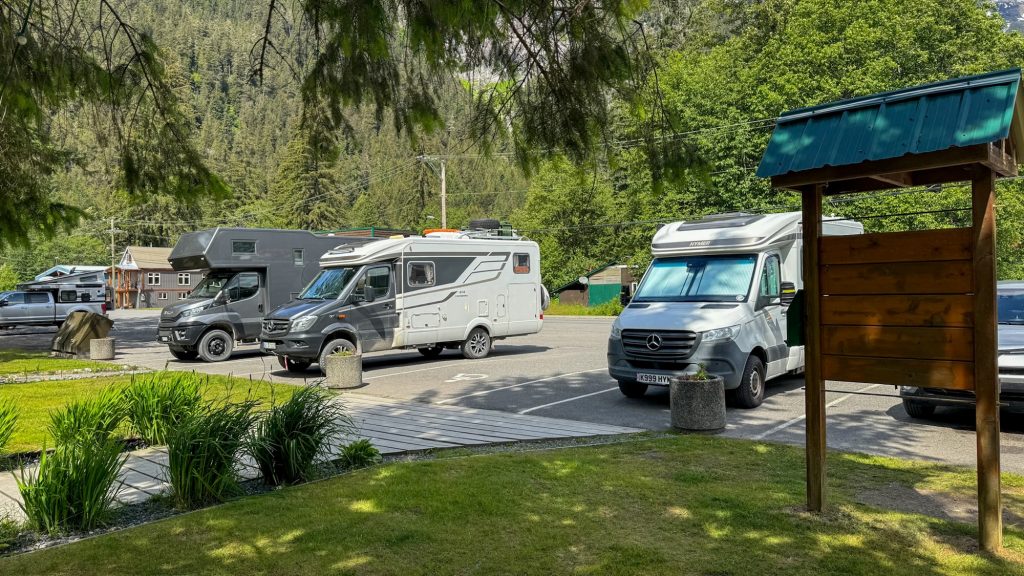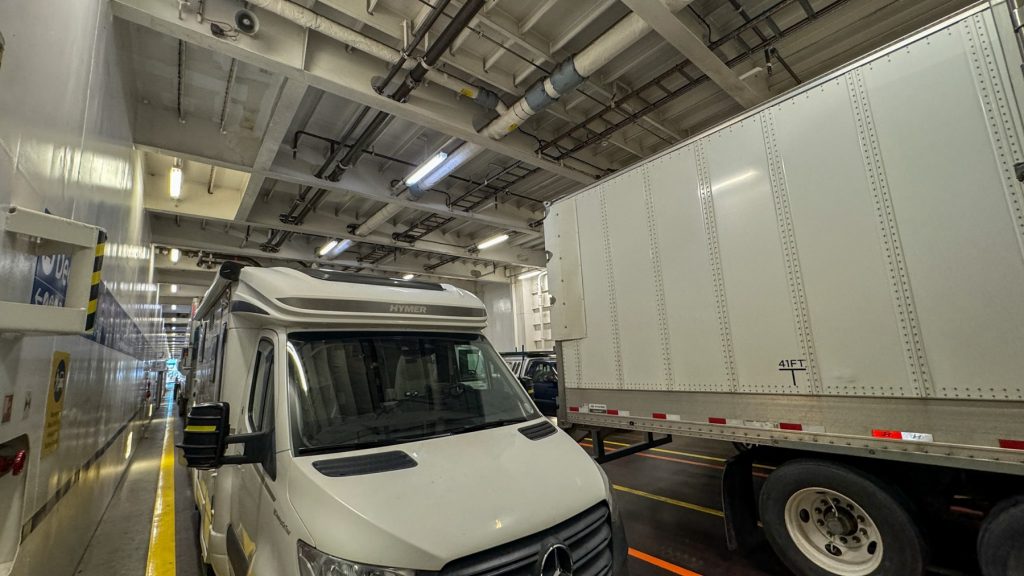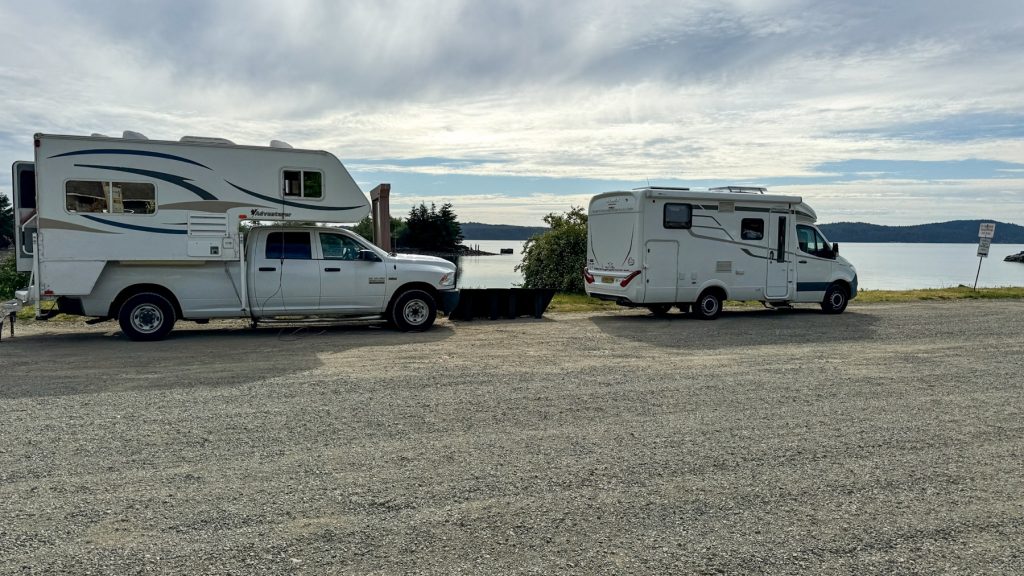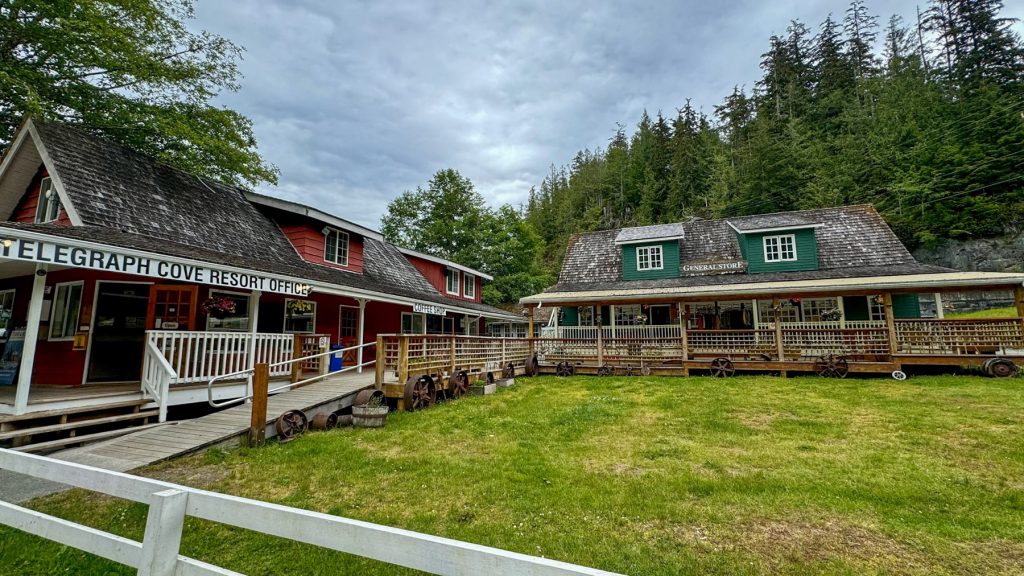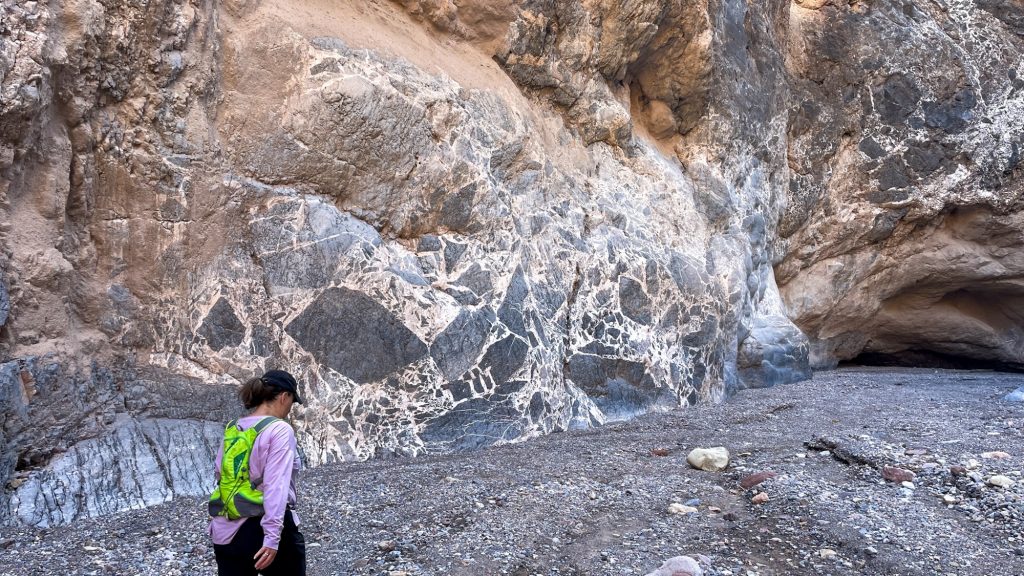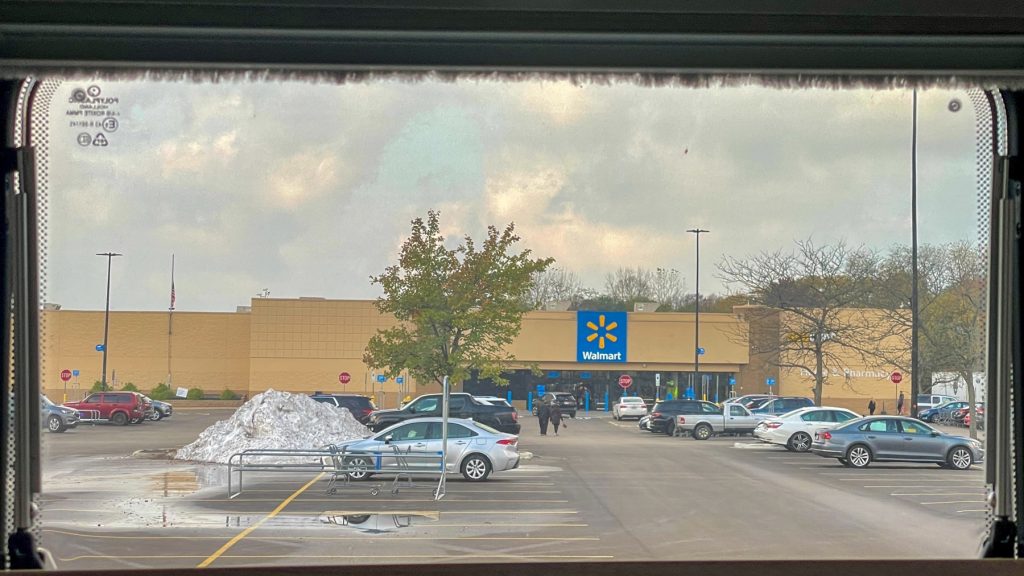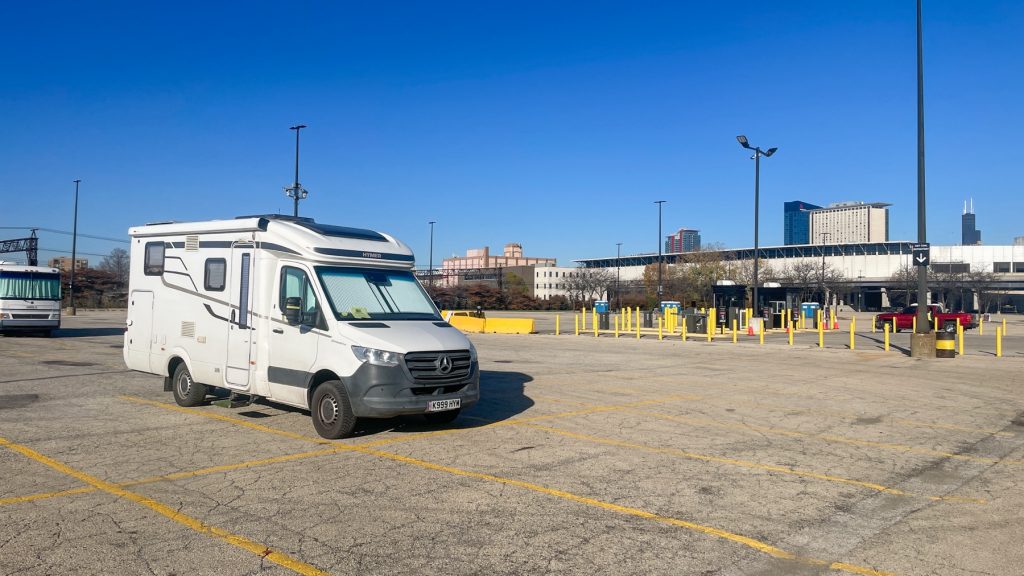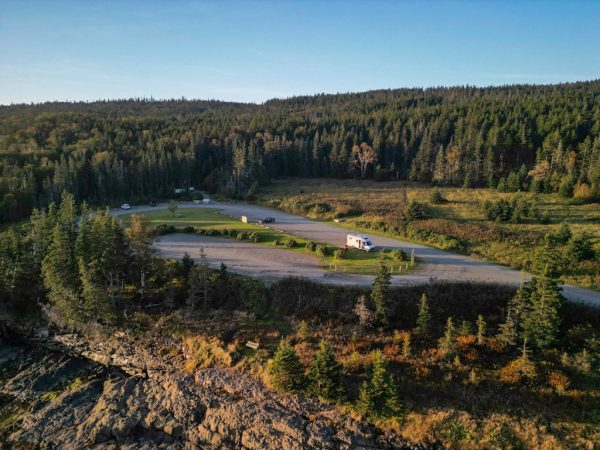We exited Mexico and entered Belize at the Santa Elena border point. This was a relatively simple crossing very much aided by one of the official languages of Belize being English! The process here was immigration, customs and road tax, and then the compulsory insurance and we were through in less than an hour.

Once through the border we headed through fields of sugarcane to the town of Orange Walk and a supermarket. There is a large Chinese population in Belize who descend from indentured Chinese workers who were brought into the country by the British to work in timber camps. Nowadays most of the supermarkets, fast food places and lottery sellers are Chinese owned. This did mean though that we were able to replenish our stock of sweet chilli sauce, plain noodles as well as several items from the UK!

We came to Orange Walk to do a trip along the New River to the Mayan Ruins at Lamanai with Lamanai River Tours who also allowed us to stay in their car park for a couple of nights. Unlike Mexico the ruins here have not been reconstructed but simply partially excavated so as to show all the layers of construction. Lamanai is now surrounded by jungle and as we explored the site we were accompanied by the very loud screeching of howler monkeys.


After Lamanai we visited more Mayan ruins at Altún Ha. This site is famous for the discovery of a jade head (the original is now kept in the vaults of the central bank) and we pretty much had the place to ourselves.

Just off the coast of Belize lies the second biggest barrier reef in the world (the Mesoamerican Barrier Reef system is 900km long running from Cancun in Mexico to Honduras), and having found somewhere safe to store the van we headed to Caye Caulker for a few days of island life.
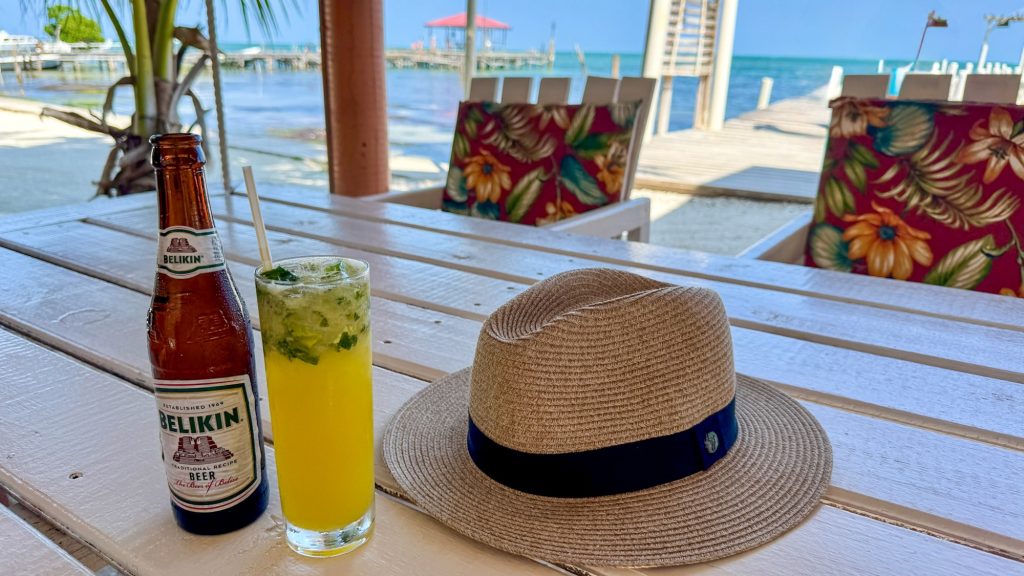
We spent a day out of the reef with Salt Life Ecotours, snorkelling in various locations along the reef accompanied by nurse sharks, eagle rays and other sea life. We did their Bucket List tour and can highly recommend it.



Inland Belize is crisscrossed with cave systems and there are numerous activities offered. We opted for cave tubing at St Herman’s Blue Hole National Park which involved walking several hundred metres into a cave and then floating back whilst sitting in a large rubber tube.
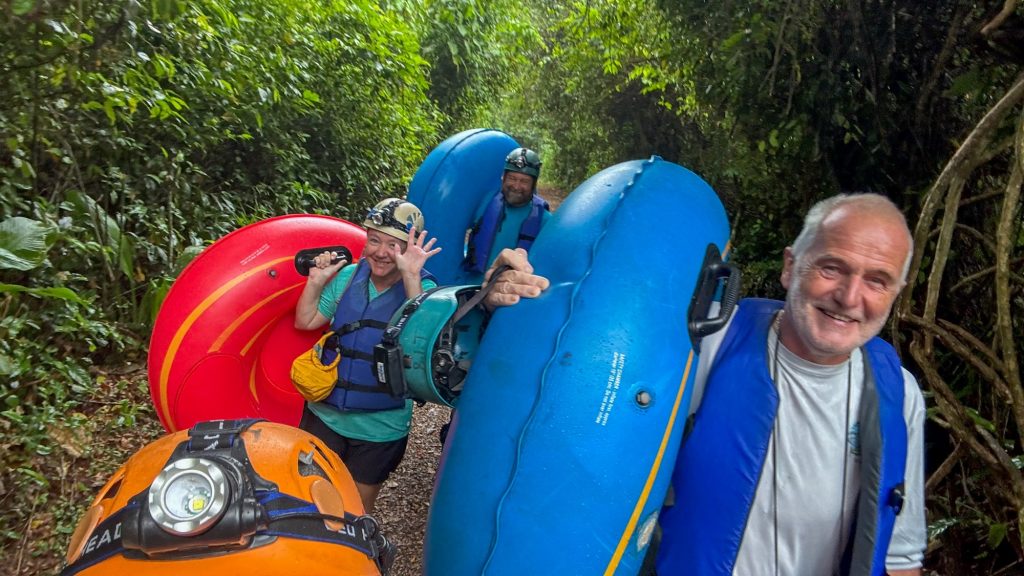
We were lucky to pick a quiet day and with Stephen and Angie (aka pepeletour and fellow Brits who we previously met in Yukon, Canada) there were just the four of us plus our guide in the cave. We stayed in the car park there and the following morning we awoke to a coach load of people waiting to do the same tour!

We hadn’t done much in any of the towns we had passed through but this changed in San Ignacio, a town close to the border with Guatemala. In one day we visited the Green Iguana Preservation project, the Mayan ruins at Cahal Pech and took a chocolate tour at Ajaw Chocolate; all very different activities but we thoroughly enjoyed them all. We also met up again with Alan and Amanda, Brits who now live in Canada, for a beer or two on the campsite.

Before our last stop in the mountains we also visited the Green Hills Butterfly Reserve where in addition to butterflies you can also see hummingbirds. We could have sat there for hours watching the birds on the feeders and the entrance fee was worth it just for this.


Our final stop was up in the mountains close to the border where we spent a few peaceful days enjoying the views and swimming pool whilst ensuring we had the paperwork in order for our next border crossing.

Motorhoming in Belize
Taking a foreign motorhome into Belize was very straightforward. At customs you pay BZD30 as road tax and then you have to buy insurance. You can buy for the period you stay in the country (that’s a maximum of 30 days for Brits but that can be extended at an extra cost) and as the difference in cost was not that much we bought insurance to cover the 30 days we were allowed to stay. The insurance company accepted BZD, USD or MXP and we paid MXP600 using up our remaining pesos.
We had no issues finding potable water but could not buy ultra low sulphur diesel. However Belize is a small country so we filled up in Mexico and only needed a quick top up at one point with regular diesel to get us into Guatemala. Roads in Belize are in a far better condition than those on Mexico but that’s not difficult!
Food is expensive when compared to Mexico but definitely not as expensive as the US and Canada and it is possible to find treats from home.
At time of writing exchange rates were BXD2.66 and MXP26.57 to £1.
Campsites used
Chateau de Pradines, Altun Ha: USD10. Currently a work in progress and will only accept self contained vans but the owner has big plans. We parked on level grass and were able to top up our water tank. New shower and toilet block are under construction.
Old Belize Marina, Belize City:BZD16,88 BZD5.53 per night. The two prices represent camping vs just parking. The camping includes water, electric and access to the marina’s shower and toilet block. Parking is in the marina car park, either by the marina’s offices or by the seafront. We stayed close to the office as they had cameras covering this area and we were leaving the van here whilst we went to Caye Caulker.
Mana Kai Camping & Cabins, San Ignacio: BZD20pppn. A large grassy campground very close to the town centre but still reasonably quiet. Water was available to buy by the garrafon and there was a toilet and shower block.
Parrots Peake: BZD40 pn. Camping is on a small piece of uneven ground outside Bill and Laurie’s house. They are amazing hosts and provide electric and access to their swimming pool – much needed on hot days. Laurie was away when we visited but she often invites travellers to join them for dinner.
A very tranquil spot.
Other park ups
Lamanai Boat Tours car park, Orange Walk. We parked in their car park almost next to the river. Lots of bugs as you’re near water and in the jungle but a great place to stay if taking one of their tours. No facilities.
St Herman’s Hole National Park: BZD5 pppn. We stayed a couple of nights in the car park which is very quiet once the caves are closed. There are toilets and showers but we didn’t use them.


